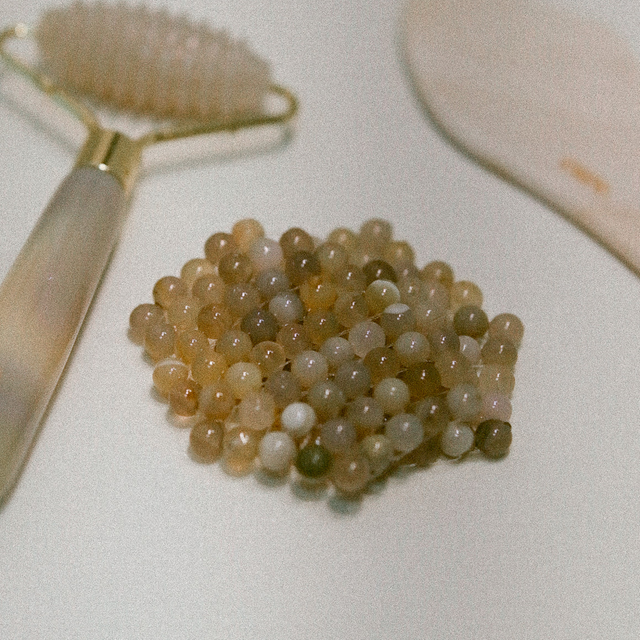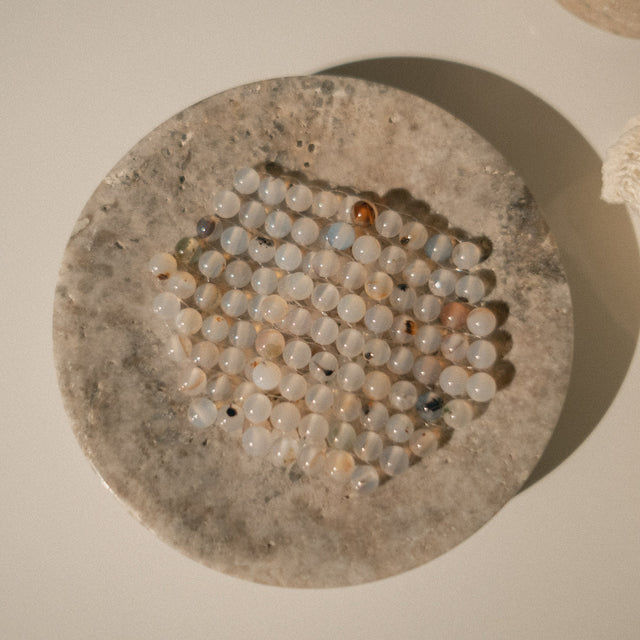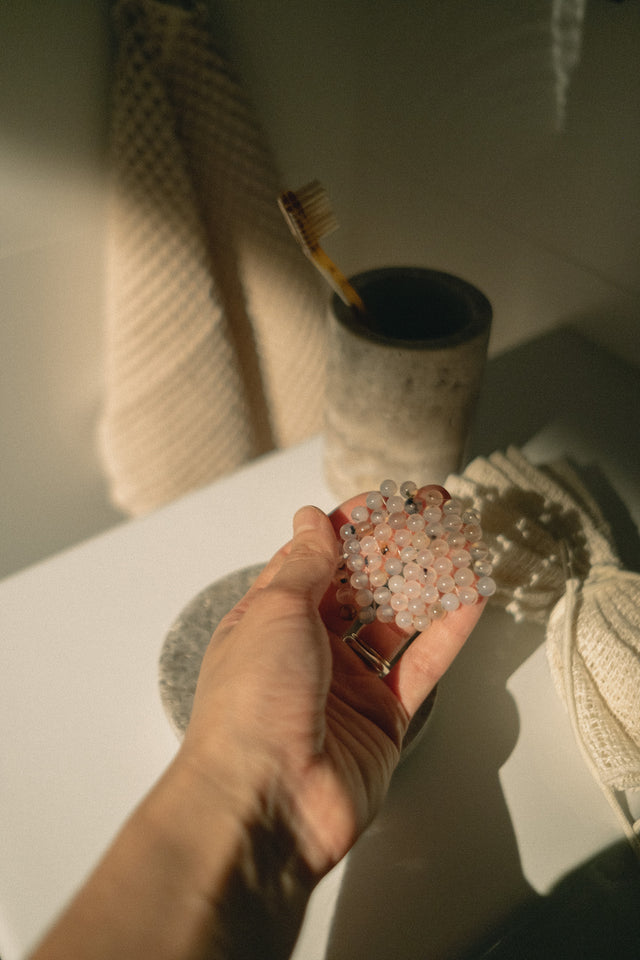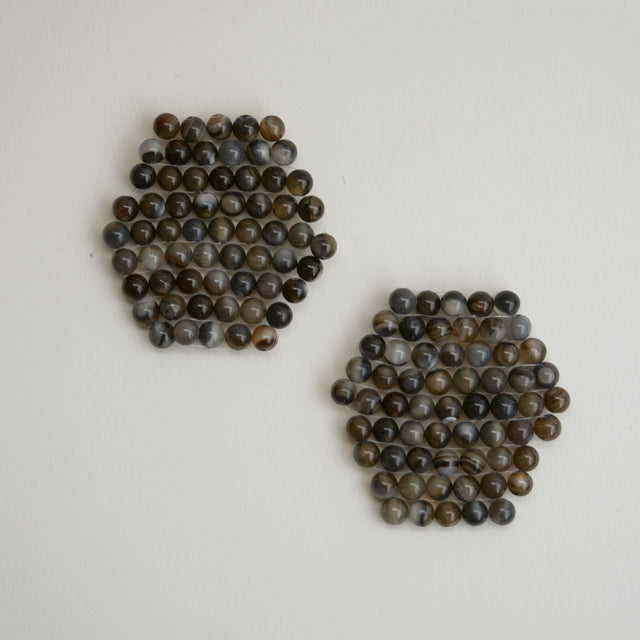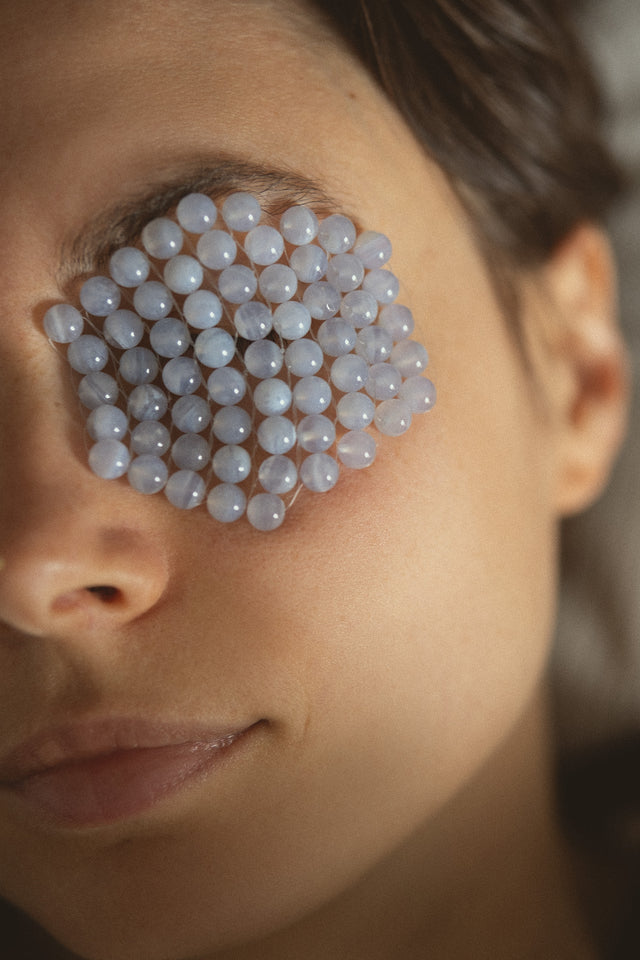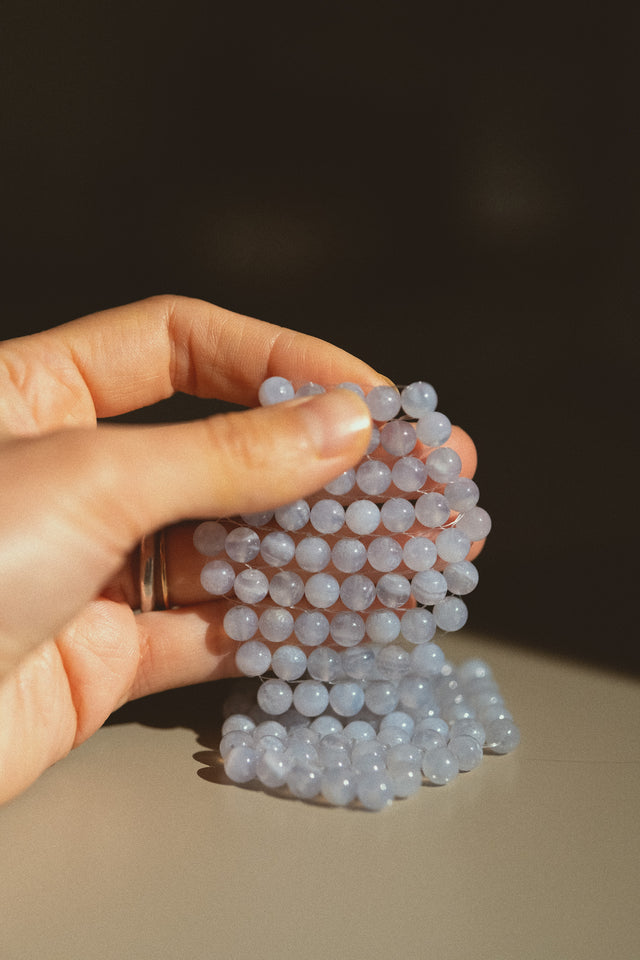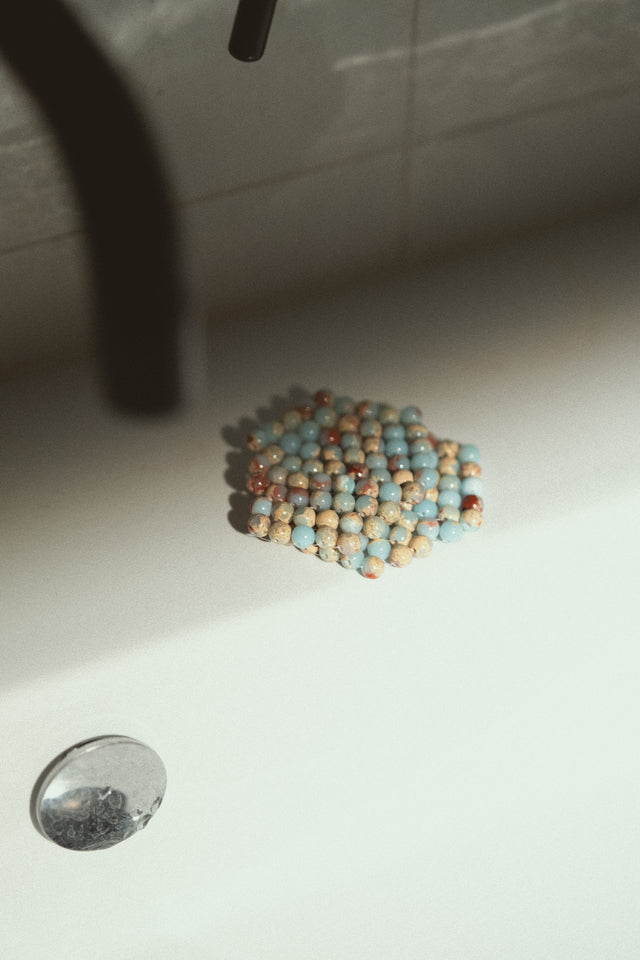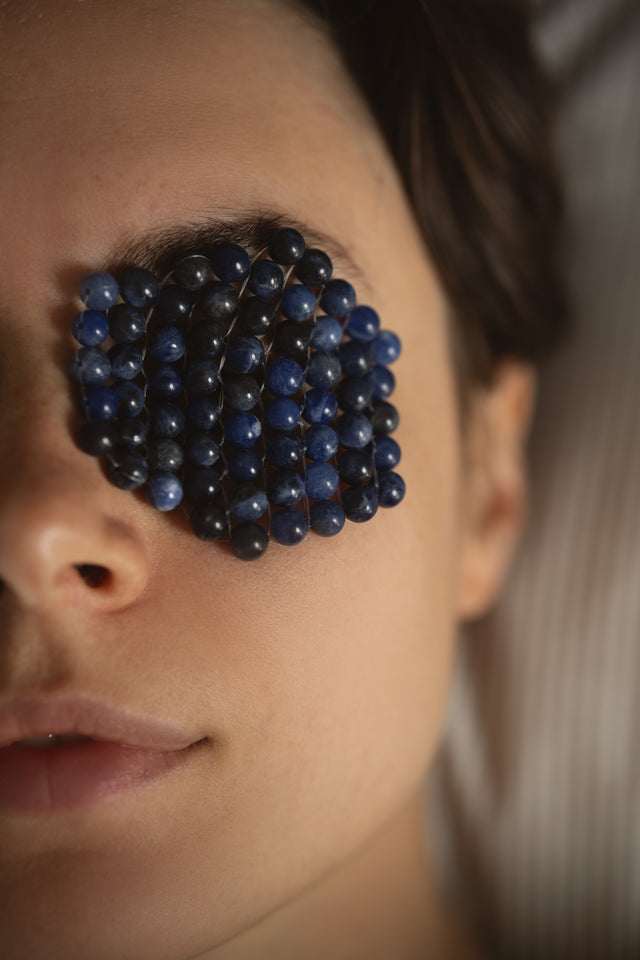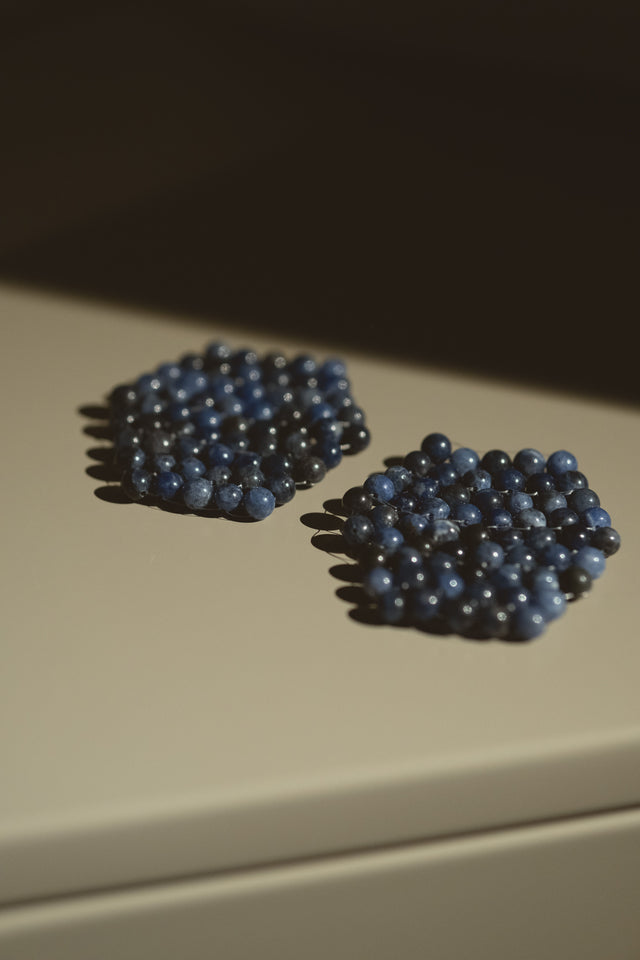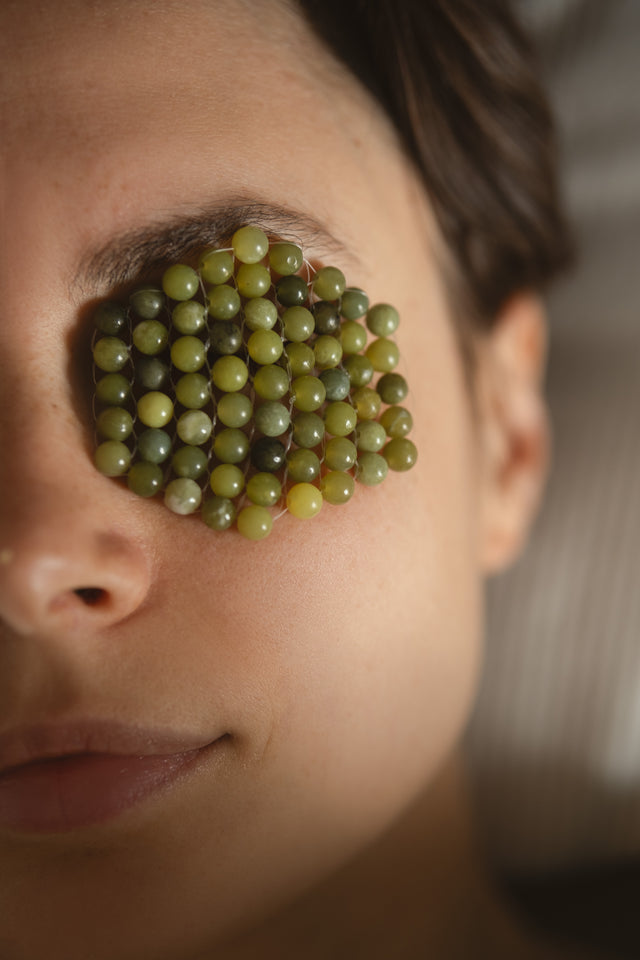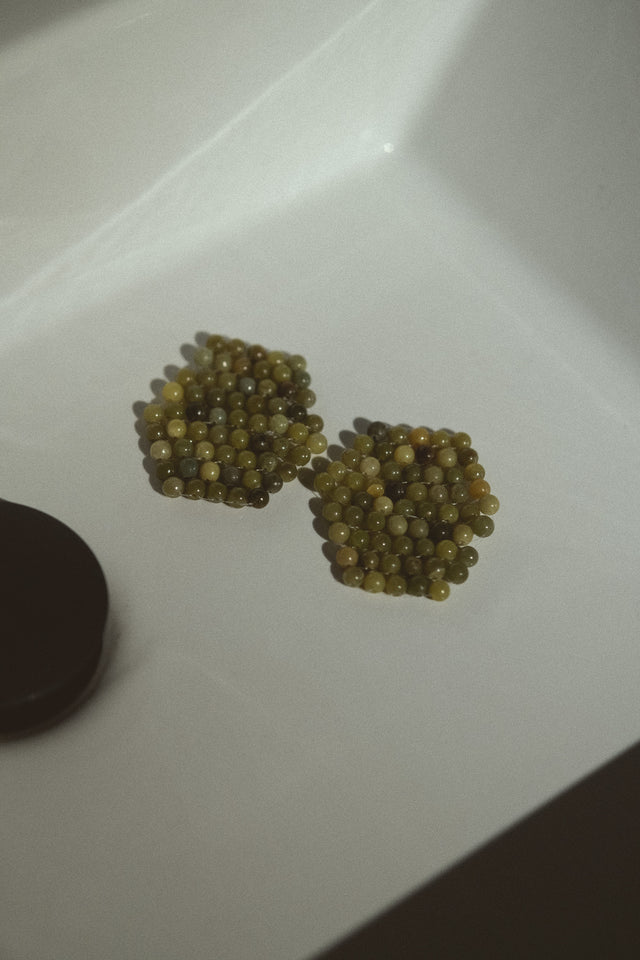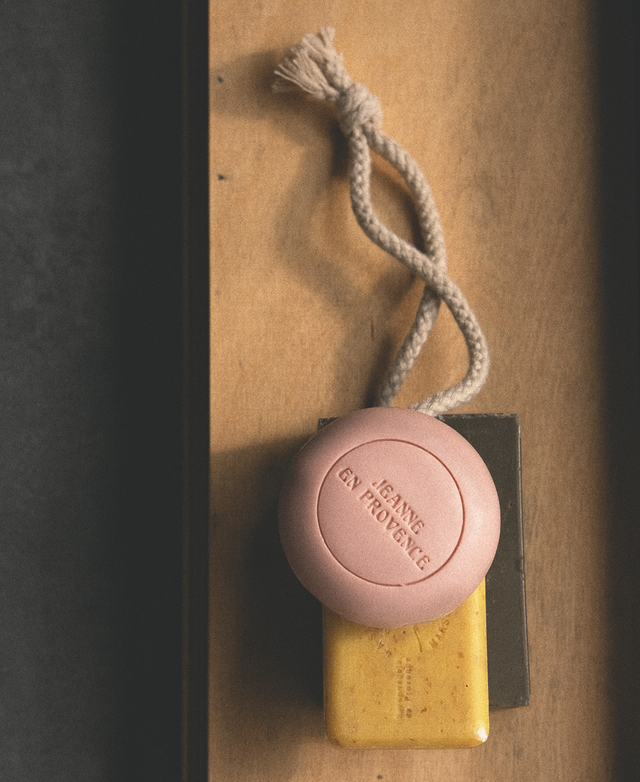All about eye patches
Patches are more than just a beauty accessory; for many, it is a mandatory morning ritual, like a glass of water with lemon or a cup of aromatic coffee. Where did patches come from, how do they work, and how safe are they?
What are patches made of, and how do they work?
The first patches appeared in the early 2000s in South Korea. Since the author did not patent his invention, their name did not remain in history, and different companies began to produce these beauty accessories worldwide.
Over the years, many variations of patches from different materials have emerged. It is believed that hydrogel and gel patches relieve puffiness, while cream and tissue patches provide additional hydration. The principle of action for all of them is similar and resembles a compress: thanks to a tight-fitting patch, the active components of the serum penetrate the skin well.
You should not expect a magical effect from patches; they can help remove signs of fatigue and swelling and make your eyes rested. Still, serious problems will require a comprehensive solution.
Mythology
Due to their incredible popularity, many beauty myths have arisen around the patches.
Myth 1: Patches need to be refrigerated.
It's a matter of your preference. Even if you do not store the patches in the refrigerator, the difference between room temperature (usually 69-77) and body temperature (about 98) will be enough for a cooling effect.
If you want more pronounced cooling or take the patches out of the package with your hands, not with a special spatula, then it is better to keep them in the refrigerator.
Myth 2. Patches can not be used every day.
It all depends on your needs and composition (be careful with retinol, especially if you intend to go out in the sun after application). But only apply patches once a day.
Myth 3: Patches can cause dryness.
To avoid this, keep them on only for the period indicated in the instructions. 10-20 minutes will be enough.
The issue of environmental friendliness
As the popularity of patches grew, the question of their environmental friendliness occurred. Even though hydrogel patches can be dissolved in water, they require many resources to be produced. And given that we use patches daily, it is worth considering more ethical options.
So an eco-friendly alternative to hydrogel patches has become patches made of natural stones. Unlike classic patches, they don't have an expiration date and can be used twice a day. Chilled in the morning to relieve puffiness and remove signs of fatigue, and warm before bedtime to relax and tune in to a sound sleep. The shape of the beads also allows you to do a light massage. Another bonus is the aesthetic pleasure of using such an accessory. Patches made from natural stones are an excellent option for people with allergies and sensitive skin.

